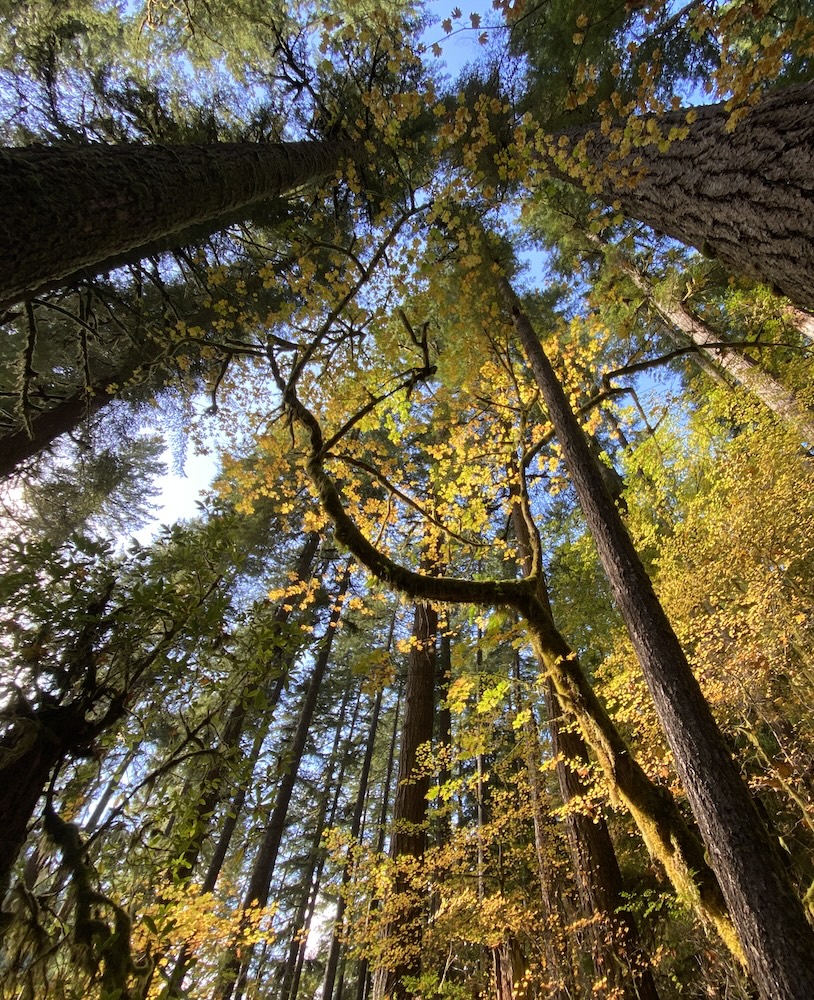Oregon Wild is working to ensure California condors can thrive in Oregon in a hopeful era of the species returning to more of their historic range. We are working to educate the public, amplify the work of tribal partners, and remove risk factors in the environment for condors and other birds of prey.

North America’s largest bird is the California condor with a 9 ½ foot wingspan! Despite the name, these magnificent birds are native to Oregon, but disappeared from the Pacific Northwest for over 100 years. Why?
A changing climate, lead fragments from bullets left on the landscape, environmental toxins like DDT, and poaching made populations plummet. In 1982 only 22 condors remained worldwide! This endangered species is recovering but their current range is still reduced to mere pockets of the nation.
However, in 2022 the Yurok Tribe in partnership with the U.S. Fish and Wildlife Service released the first two condors to Yurok ancestral territory in Northern California. This reintroduction effort, with more condors set to be released each year, is the farthest north the species has been in over a century. The release site is very close to the Oregon border so condors are expected to return eventually to the entire state. This means Oregonians could have the chance to see condors free flying once again. Additionally, the Nez Perce Tribe with ancestral homelands in Oregon is in the beginning stages of a condor reintroduction project to Hells Canyon on the Oregon-Idaho border.
California Condor Facts
- Condors have sharp bills, which allow them to open up carrion that other scavenging species can’t access. This makes them an important link for cleaning up the environment and recycling nutrients.
- The California condor is known as prey-go-neesh for the Yurok people and has a place in their world renewal ceremonies, bringing prayers to the heavens.
- Condors are very intelligent, curious, and social birds. They often engage in games together, playing tug of war and fetch with feathers, sticks, and grass.
- A few female Condors have reproduced asexually, also known as parthenogenesis or virgin birth.
- The California condor has no voice box. However, condors can still communicate through a variety of hisses, grunts, and growls. They also have a well-developed system of body language.
- California condors can reach altitudes of 15,000 feet and fly up to 150 miles in a day searching for food.



